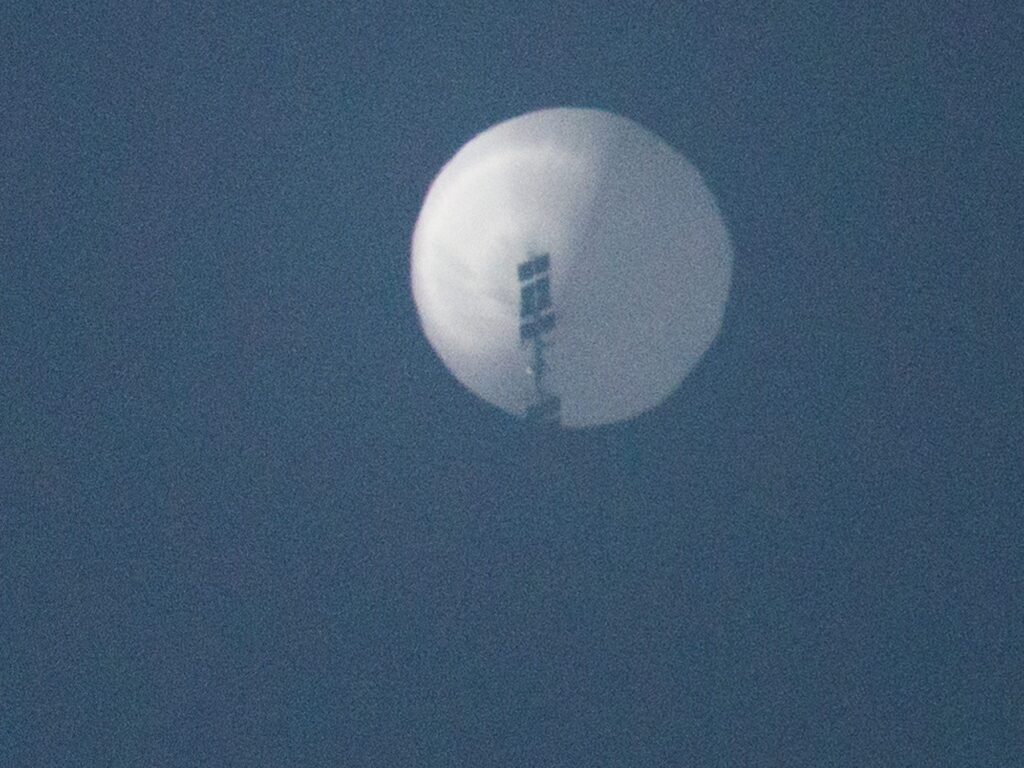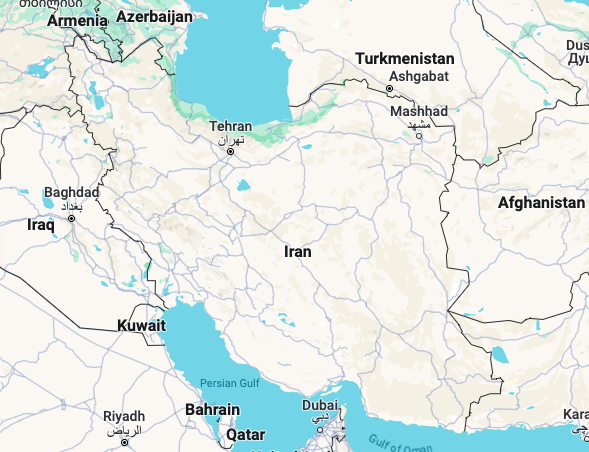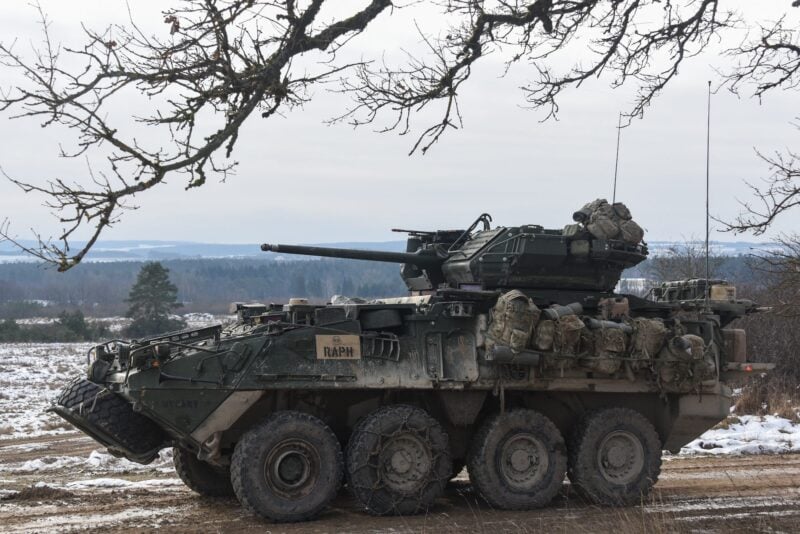- A standard research tool from the United States became the most-tracked aircraft on FlightRadar24.
- Thousands mistook it for the suspected Chinese spy balloon that has gripped global attention.
- FlightRadar24 updated its listing to clarify: "Sorry, this is not a Chinese balloon."
A standard high-altitude research tool from the United States became the world's most-tracked aircraft on popular flight-tracking website FlightRadar24 after thousands mistook it for the suspected Chinese spy balloon that was spotted flying above Montana on February 1.
On Saturday, FlightRadar24 updated the aircraft's label to clarify that it was a standard vessel under the control of the United States, writing: "Sorry, this is not a Chinese balloon."
At least 4,000 users followed every move of research balloon, named HBAL617, on FlightRadar24. It was site's most-tracked aircraft late Friday and early Saturday.
According to Reuters, HBAL617 belongs to aeronautics company Aerostar, which is based in South Dakota.
The high-altitude Chinese balloon flying over the United States has gripped civilian and military attention worldwide and prompted Secretary of State Anthony Blinken to postpone a scheduled trip to Beijing.
On Friday, Chinese officials admitted that the balloon came from China, but insisted that it was a "civilian airship used for research" rather than a tool for surveillance.
United States officials have rejected this assertion. In a statement, the Pentagon's press secretary, Brigadier General Pat Ryder, said: "The fact is we know that it's a surveillance balloon, and I'm not going to be able to be more specific than that."
After some Twitter users asked whether FlightRadar24 would track the suspected Chinese surveillance balloon, the company said: "We are not expecting a spy balloon to reveal its location by transmitting ADS-B." Aircrafts use ADS-B to broadcast their identification, position, altitude and velocity to other vessels.
There has been pressure from certain members of Congress, as well as former president Donald Trump, to shoot down the Chinese balloon, but authorities say it's not that simple — in part because fighter jets aren't designed to target balloons.
When a weather balloon went rogue almost 25 years ago, two Royal Canadian Air Force fighter jets fired over 1,000 rounds at it and still couldn't shoot it down.










